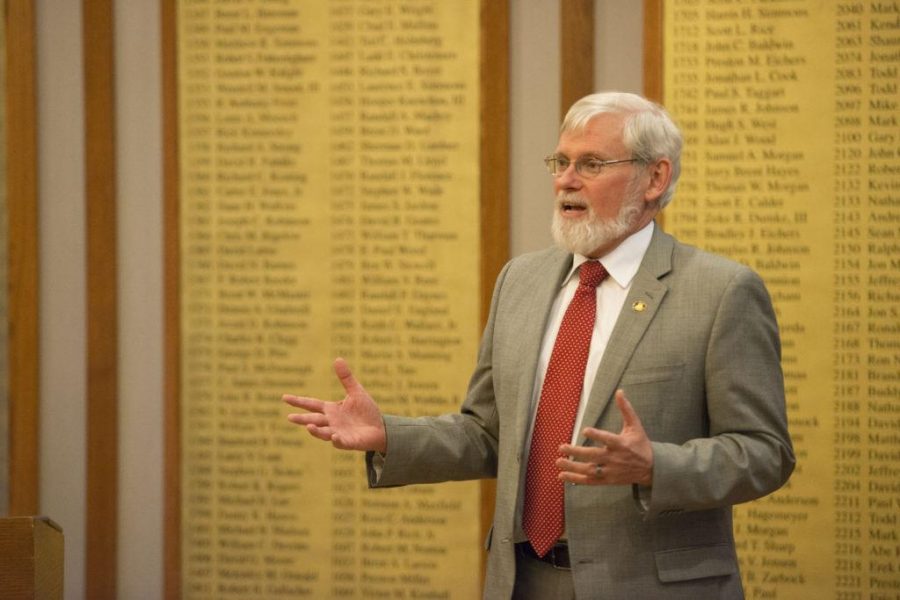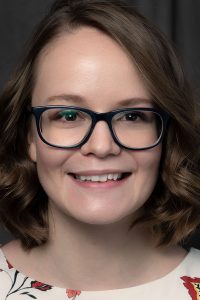President David W. Pershing gave his inaugural address as the 15th president of the University of Utah in October of 2012, dressed in a business suit and cowboy boots. Pershing gave his address less in the style of a formal speech and more in the vein of an Apple Keynote address; the Salt Lake Tribune compared him to Steve Jobs.
Just as the signature of Jobs was change and innovation, so was the theme of Pershing’s address. His number one priority was the students. Mary Parker, Associate Vice President for Enrollment, said that Pershing wanted to focus on students as people.
Pershing felt this would be the path to give students a good experience and allow the U to better support them with scholarships and other financial aid, as well as achieve higher retention rates. In order to understand who each student is, Pershing revolutionized the U’s application process saying, “Beginning today, freshman applicants will be considered holistically. We will go beyond grades and test scores…We are no longer going to incentivize students to take easier courses just so they can get better grades…That is crazy.”
Pershing wanted the application process to truly select “prepared students: students who are prepared for the academic rigor” of the U by asking questions about the maturity, civic engagement, extracurriculars, and types of courses prospective students had previously taken.
Four years later, data provided by Parker show positive trends in graduate student headcount, freshman headcount, number of freshmen who are students of color, gender parity among the freshman class, as well as increases in average ACT score and GPA of each incoming freshman class. Barb Snyder, Vice President for Student Affairs, attributes this growth directly to the change to holistic application processes. What these numbers mean is that each year the freshman class is becoming bigger, more diverse, and more qualified while the school retains and attracts more students for graduate programs.
According to Parker and Snyder, the holistic application process was designed to admit students who apply themselves and are truly qualified to be here.
The goal was to admit students in a more inclusive way, in terms of diversity. According to Parker and Snyder, research shows education among diversity is a better education – and in terms of skills or knowledge, the application process was not necessarily able to see when making determinations based only off the grades and test scores of prospective students.
Parker’s trendlines seem to show that the process is doing just that. For them, these numbers are exciting because they suggest that the process is helping the U to become more qualified of its title as the state’s flagship institution, and that it will help the diplomas earned here to be worth more.
While this data shows perhaps the greatest successes in the changes Pershing talked about in his inaugural address, he has also had other more tangible successes. In his speech, he make a “presidential promise” that every student at the U would have a “signature opportunity” – chances to study abroad, work in research with top scientists, play a role in a production, or have some other kind of experience to change their life during their time at the school. To achieve this, he announced various prospective projects that we know today as the Lassonde Center, the U Asia campus in South Korea, and the School of Dentistry.
During the last four years, the U has made progress towards Pershing’s goals in his inaugural address. Since he began work as the President of the U, the school has become better able to give students the education and experiences they need to be successful in their lives as global citizens after college, as well as being able to provide those things to a larger group of more qualified, more diverse students.
e.vandersteen@dailyutahchronicle.com
@EliseAbril



